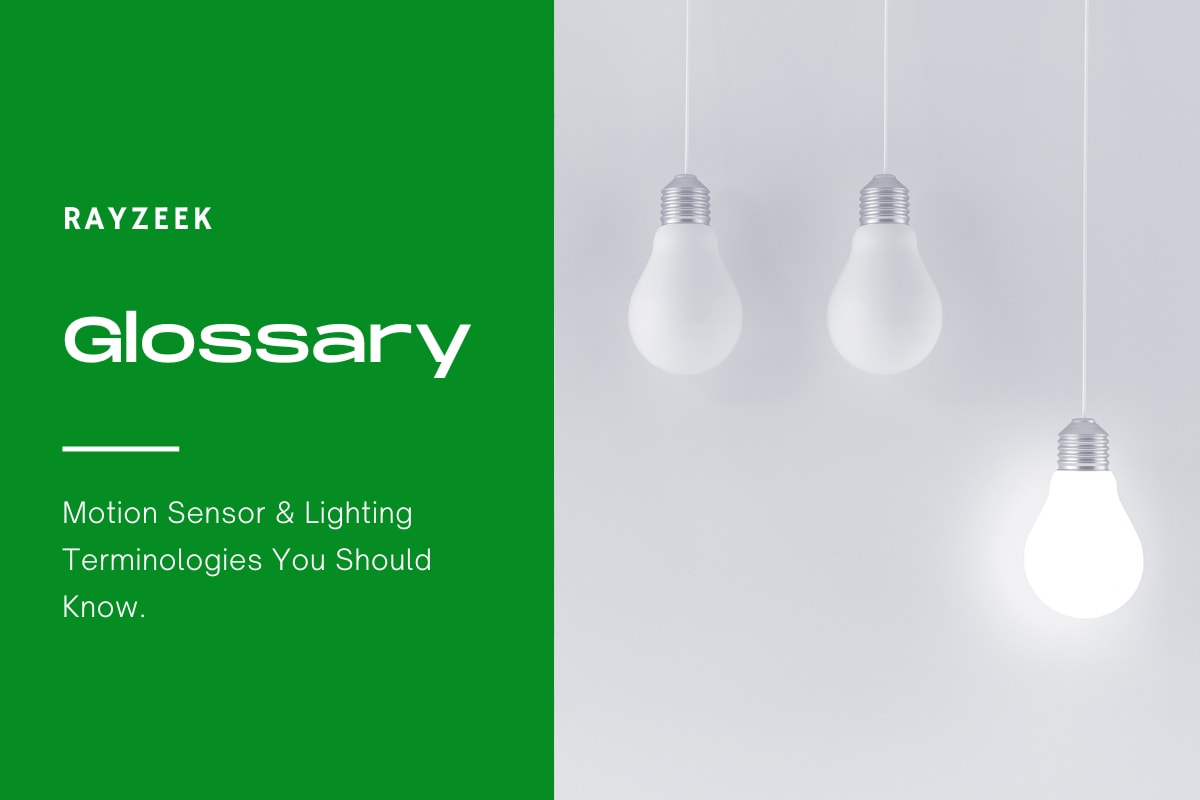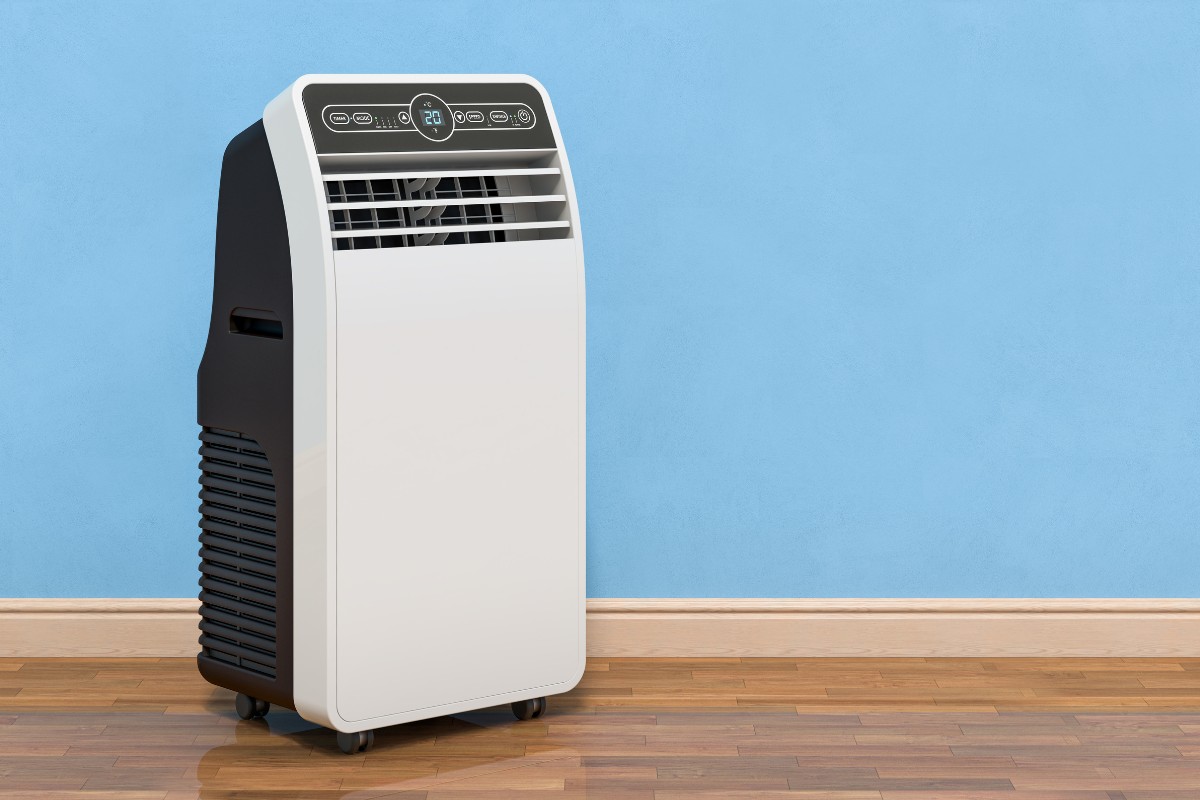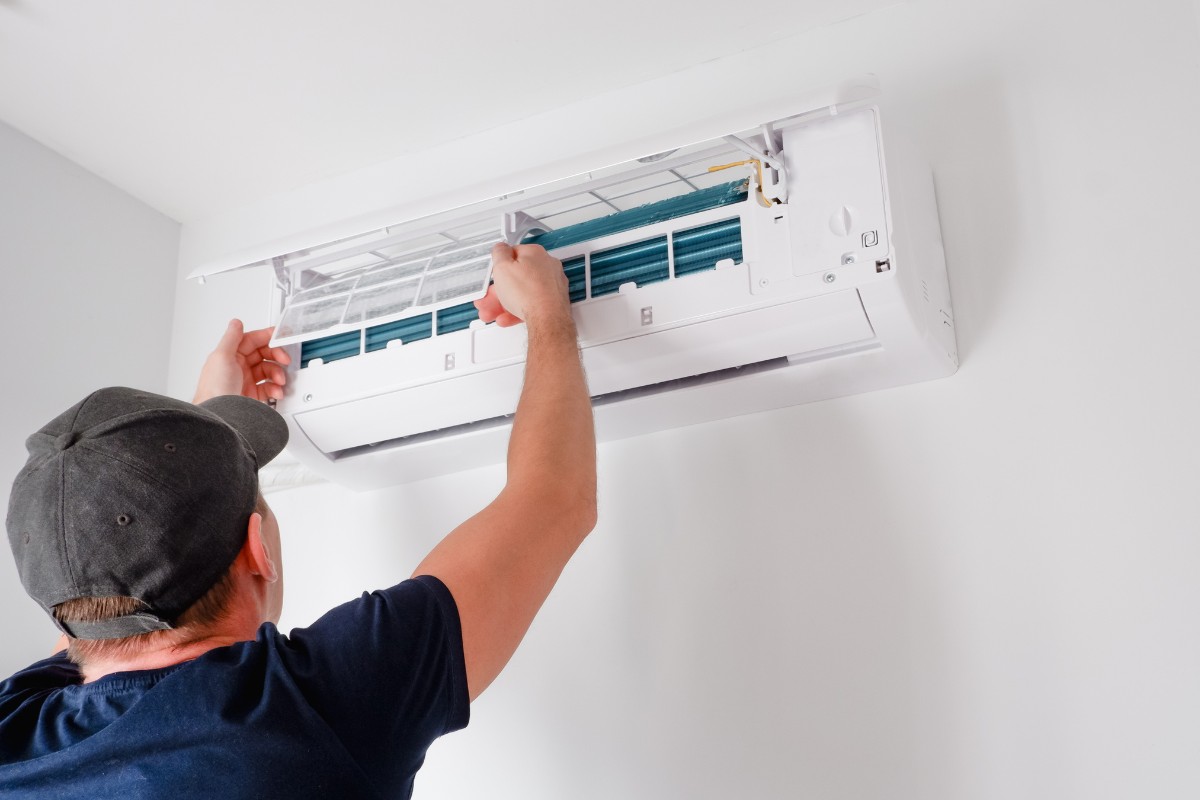What is Alternating Current (AC)
Alternating Current (AC) is a type of electrical current that periodically changes direction, causing the voltage level to also reverse along with the current. AC is commonly used to deliver power to homes, office buildings, and other structures. AC can be generated using an alternator, which is a type of electrical generator designed to produce alternating current. The amplitude of the AC waveform describes the maximum voltage that the sine wave can reach in either direction, while the frekvence tells how many times a particular wave form occurs within one second. The phase is a measure of how shifted the waveform is with respect to time. AC is used to power electric motors, which convert electrical energy into mechanical energy.
Unlike Direct Current (DC), which flows in only one direction, AC changes direction periodically, making it more efficient for long-distance power transmission. AC can be transmitted over long distances with less energy loss due to resistance. AC can be converted to and from high voltages easily using transformers, making it ideal for providing electrical service to our homes and businesses. The most common type of AC is the sine wave, which is a smooth oscillation around 0V. AC can come in various forms, as long as the voltage and current are alternating.
Hledáte řešení úspory energie aktivované pohybem?
Obraťte se na nás pro kompletní PIR senzory pohybu, produkty pro úsporu energie aktivované pohybem, spínače se senzorem pohybu a komerční řešení pro detekci přítomnosti/volnosti.
In summary, Alternating Current (AC) is a type of electrical current that changes direction and magnitude continuously throughout time, flowing in one direction in the first half cycle and opposite in the second half cycle while changing values from zero to the maximum and back to zero again. It is used to power electric motors and is more efficient than DC for long-distance power transmission. AC can be generated using an alternator and can be transmitted over long distances with less energy loss due to resistance. AC can be converted to and from high voltages easily using transformers, making it ideal for providing electrical service to our homes and businesses.
Inspirujte se portfoliem pohybových senzorů Rayzeek.
Nenašli jste to, co jste chtěli? Nebojte se. Vždy existují alternativní způsoby řešení vašich problémů. Možná vám pomůže některé z našich portfolií.
Často kladené otázky
Is Lightning Considered AC or DC
Secondly, lightning is classified as a DC (direct current), which means it needs to be transformed into AC (alternating current) to be utilized for lighting and other devices.
Why Is Alternating Current AC Used to Power Homes
The primary advantage of using AC power in homes is that it can be efficiently transmitted over long distances. This is possible because AC current can be easily transformed to lower or higher voltage levels. In contrast, DC power cannot be transformed as easily, making it challenging to transmit over long distances.
What Are the 4 Examples of Alternating Current
Alternating current (AC) is utilized by various electrical appliances, including fans, bulbs, air conditioners, and motors.
Why Is AC Current Better
One of the key benefits of AC current is its ability to be easily adjusted through the use of transformers. This allows for the transmission of power at high voltages, which can then be safely reduced for use in homes and businesses.
Is Indoor Power AC or DC
Home and office outlets typically provide AC power. The reason for this is that AC power is easier to generate and transport over long distances. Additionally, at high voltages (above 110kV), less energy is lost during electrical power transmission.
Is Lightning a Current or Voltage
A lightning bolt is a phenomenon that involves a discharge of electricity. It is characterized by a voltage of approximately 300 million Volts and a current of around 30,000 Amps. To put it into perspective, the current in a household is only 120 Volts and 15 Amps.
Is Residential AC or DC
Your home or office is powered by alternating current (AC), which is a wave-like current that can change direction and voltage with the help of transformers. This type of current is used to power all the corded appliances in your home, including your HVAC system, TV, and dishwasher.
Can You Run a House on DC Power
The reason why DC power is not commonly used in households can be traced back to the inherent properties of direct currents and their limitations when compared to Alternating Currents (AC). Unlike DC, AC can be transmitted over long distances with minimal loss and is safer to handle at the same voltage level.
Which Is Safer AC or DC
A.C. electricity is considered to be more hazardous than D.C. electricity, with reports suggesting that it is four to five times more dangerous. This is due to the fact that A.C. can cause more intense muscle contractions and can also stimulate sweating, which reduces skin resistance. It is important to note that the longer the exposure to A.C., the more rapidly the body’s resistance decreases.









